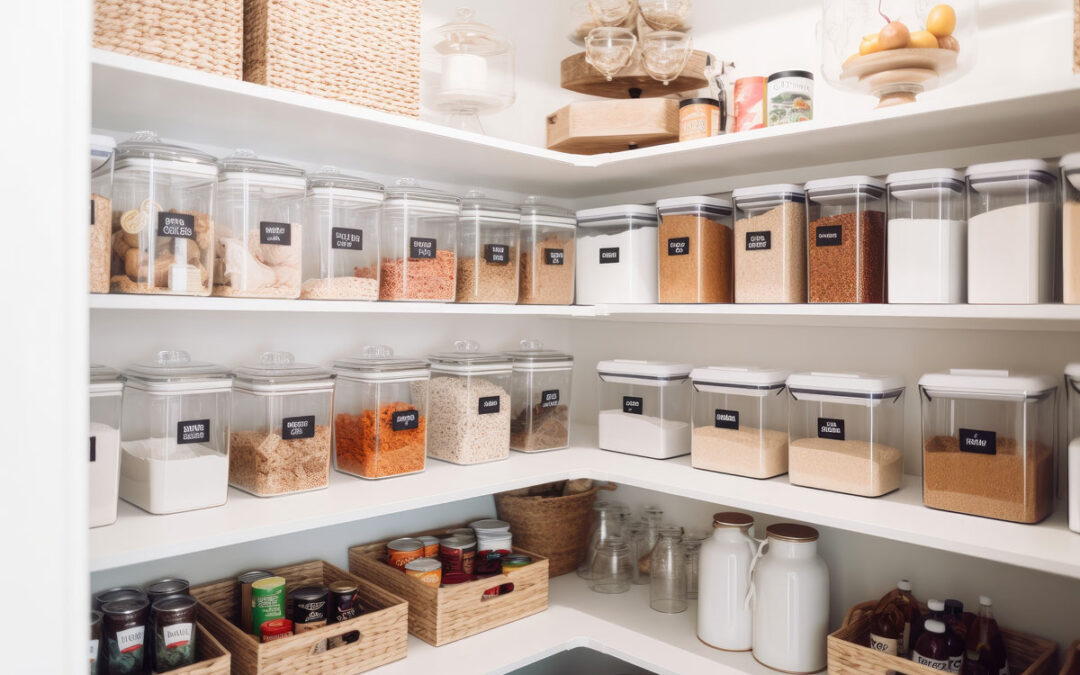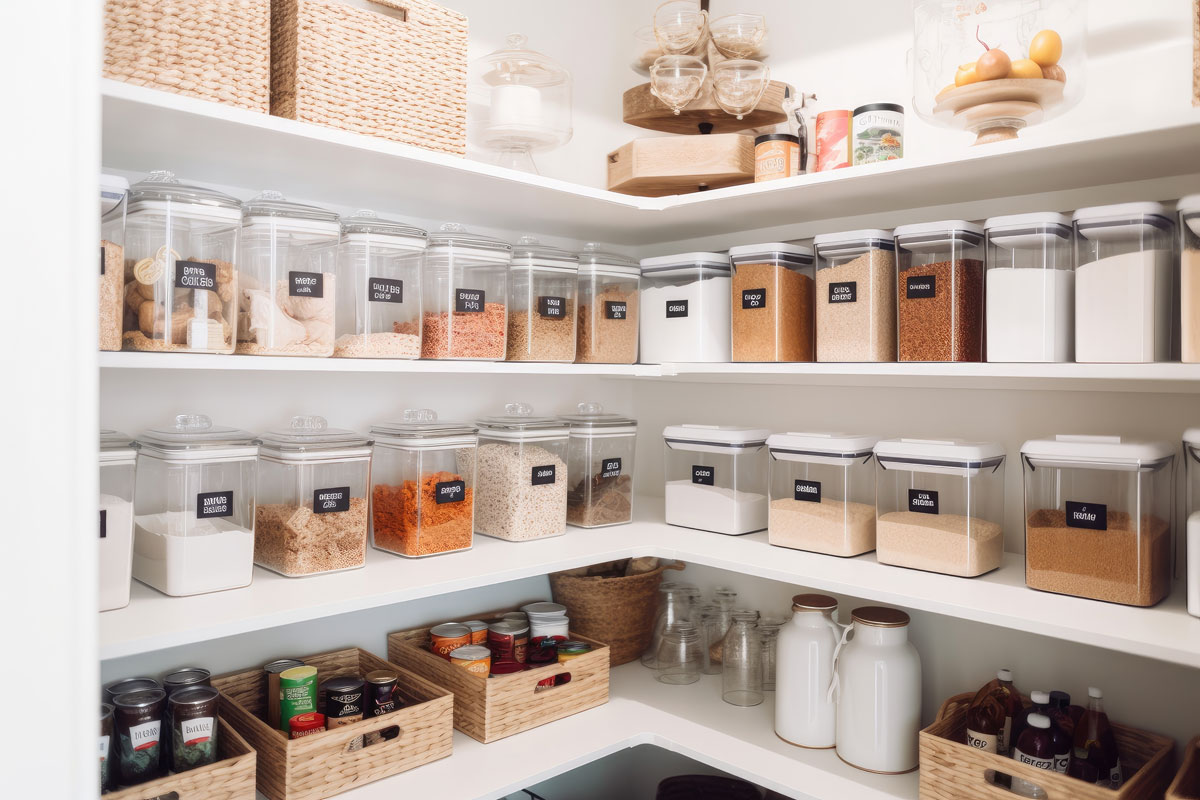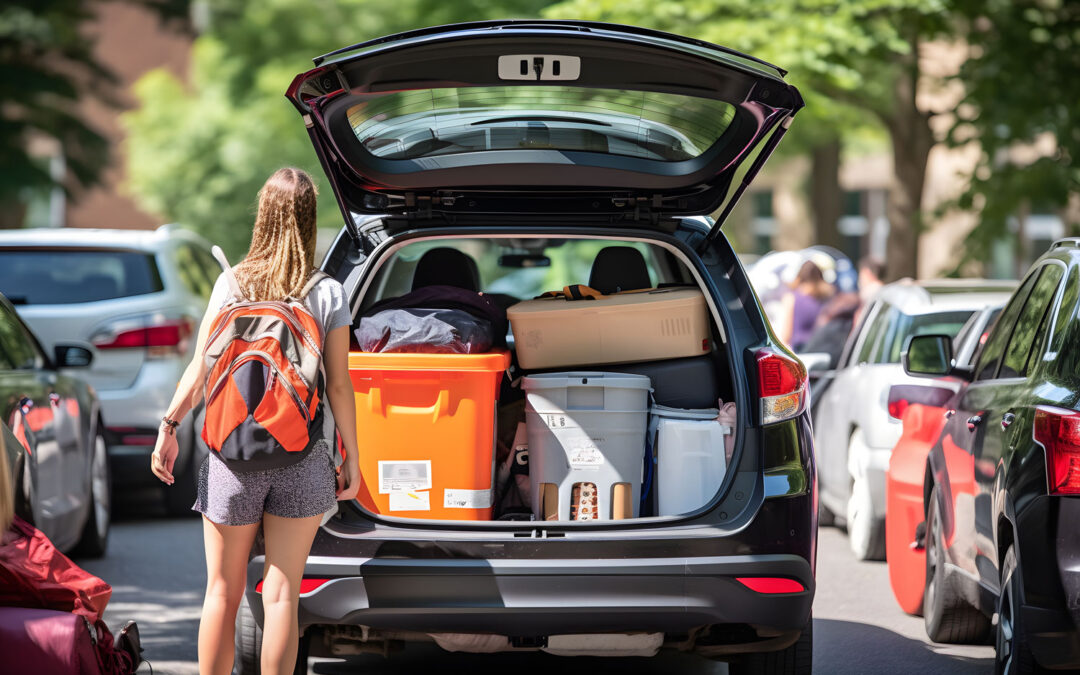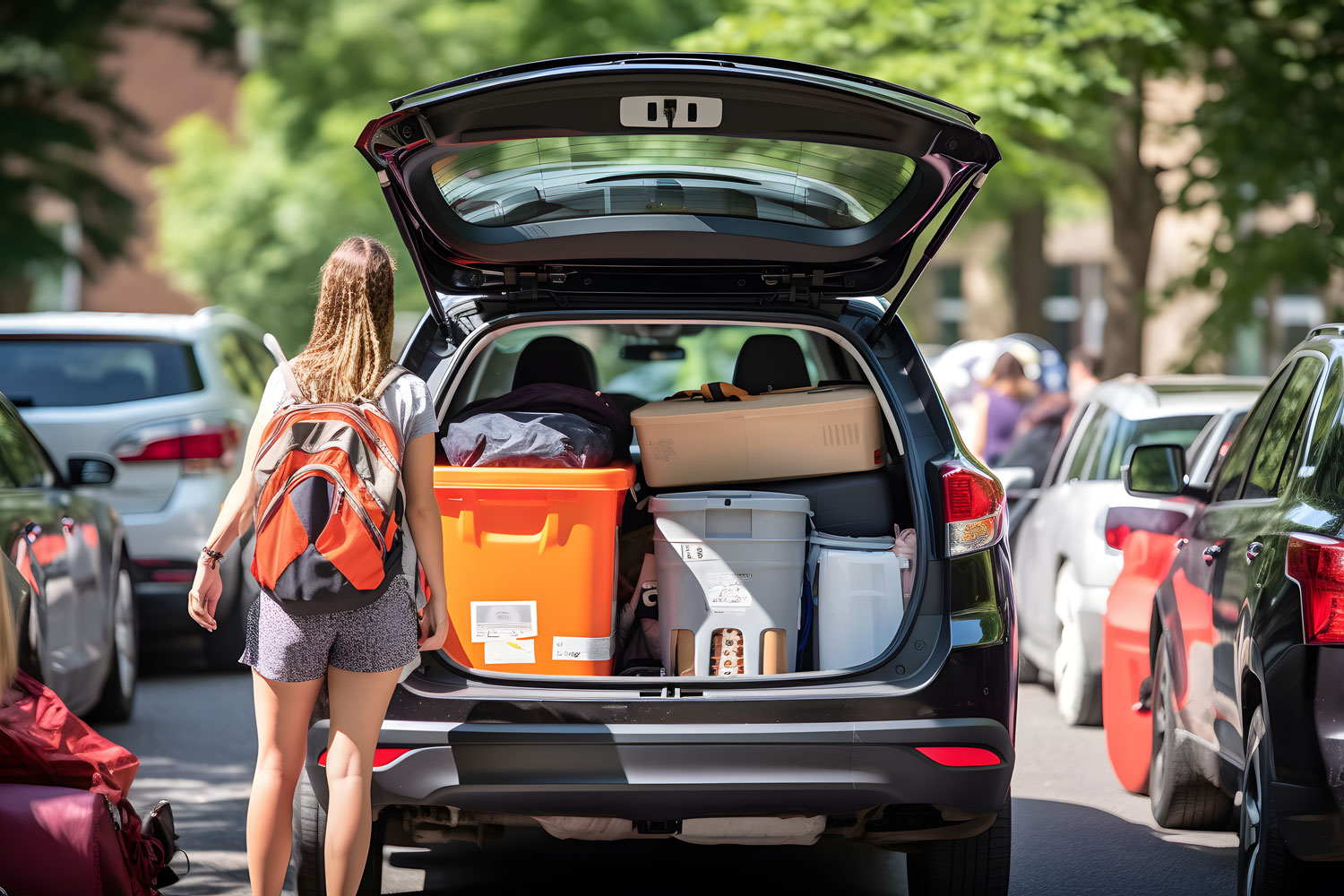
Finish December with Less Stress and More Calm ✨

December is one of the busiest, and most joyful, months of the year. Between holiday gatherings, gift shopping, school events, and year-end commitments, it’s easy for your home to feel a little less than organized. The good news? With a few intentional steps, you can maintain calm, create space for what matters most, and start the new year feeling refreshed instead of overwhelmed.
1. 🎄 Simplify Your Holiday Décor
Before unpacking seasonal boxes, take a few minutes to review what you already have.
• Keep only décor you love and use every year.
• Donate items that no longer match your style or don’t fit your space.
• Store decorations by room or theme so next year’s setup is even easier.
A little editing now saves both time and storage space later.
2. 🎀 Create a Gift-Wrapping Station
Instead of searching for tape or ribbon every time you wrap a gift, set up a small dedicated station. Use a basket, rolling cart, or drawer to store wrapping paper, gift bags and tags, tape, pens and ribbon, and tissue paper. Designating one spot saves time and prevents supplies from scattering through the house.
3. 💌 Manage Holiday Cards with Ease
Holiday cards are meaningful, but they can also create clutter.
• Open cards near your recycling bin.
• Display favorites on a mantle, entryway board, or ribbon display.
• At the end of the season, recycle the cards or save the ones with sentimental messages.
• If you keep addresses, update your digital address list as cards arrive.
4. 🍽️ Plan Your Holiday Meals and Shopping Lists
December is full of shared meals. A little planning goes a long way.
• Map out key events or gatherings.
• Create a master grocery list for commonly used ingredients.
• Prep ahead whenever possible, especially for freezable dishes.
This helps reduce last-minute stress and avoids multiple trips to the store.
5. 🏡 Tidy High-Traffic Areas
Guests and family members tend to gather in the same spaces. Focus quick decluttering on:
• Entryways
• Kitchen counters
• Living rooms
• Guest bathrooms
Even 10 minutes a day keeps these areas welcoming and functional during the busy season.
6. ✂️ Start a “Year-End Edit”
Before the new year arrives, take some time to review categories that tend to grow throughout the year:
• Kids’ toys
• Kitchen gadgets
• Linens
• Clothing
• Office supplies
Donate or recycle what you no longer use. This simple reset sets up your home for a fresh start in January.
7. 🧘♀️ Give Yourself the Gift of Space
December is full, but it doesn’t have to feel chaotic. Choose one small area to organize each week, and celebrate the progress you make. Organization is not about perfection; it’s about creating a home that supports your life and brings you peace.
If you’re ready to start the new year feeling lighter and more organized, Top Shelf Home Organizing can help. Whether you need support with decluttering, space planning, or whole-home organization, our team is here to make your home work beautifully for you and your family.
Simple. Life. Solutions.
We would love to put our talents to use making your home and office functional and organized. Let us know how we can help your space be the best it can be.








